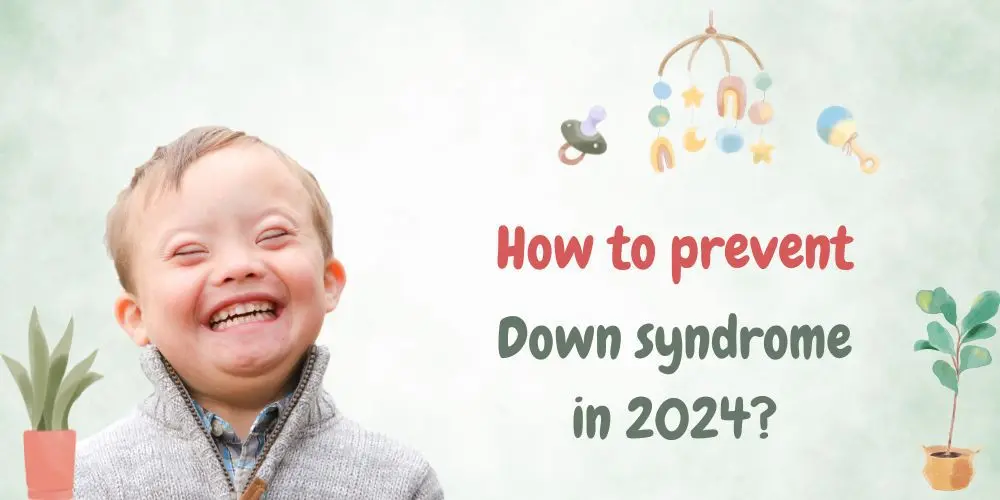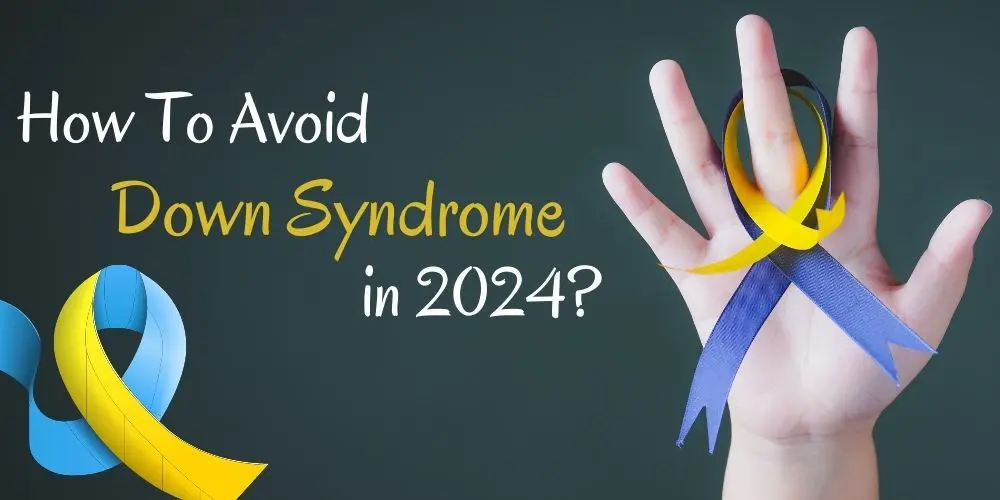
 With planned pregnancy methods, you can first go to specialized genetic consultation centers and find out the probability of Down syndrome of your child with genetic counseling and special tests, and avoid pregnancy in case of high risk. It is possible to prevent Down syndrome in 2024. Pre-implantation Genetic Testing (PGT) is a research procedure in which embryos are screened for genetic diseases during in vitro fertilization (IVF) before the embryo is transferred to the woman's uterus. Furthermore, PGT can detect chromosomal abnormalities such as Down syndrome, trisomy 21 (extra copy of chromosome 21), sex chromosome abnormalities, etc. There are two types of PGT which are preimplantation genetic testing for aneuploidy (PGT-A) which is also called preimplantation genetic screening (PGS) and preimplantation genetic testing for the monogenic disorder (PGT-M) which is also called preimplantation genetic diagnosis (PGD). PGS is also recommended to screen chromosomal abnormalities and detect Down syndrome. Studies have shown that PGS can reduce the risk of Down syndrome by 0.5-1% through embryo transfer. This is significantly lower than the baseline risk in the general population, which varies by maternal age. For example, the risk of Down syndrome in a 35-year-old woman is about 1 in 192, while in a 40-year-old woman the risk is 1 in 66. Thus, patients are more likely to perform PGS to ensure that their IVF treatment chance for a successful pregnancy is increased. PGD is a process of genetic testing that analyzes embryos to diagnose specific known hereditary disorders that have a high risk of passing on from parents to their children. PGD is prescribed for couples who are aware of their family history of inheriting a specific genetic abnormality and may have a genetic predisposition to pass on that abnormality to their children. So the question is that how PGD can be used to prevent children being born with specific genetic defects? PGD testing is highly recommended for couples with a history of multiple miscarriages, birth defects, known chromosome abnormality, Trisomy 21 or Down syndrome, and Trisomy 18 known as Edward syndrome which occurs due to aneuploidy. In summary, One of the main and unique differences between PGD and PGS testing is that the PGS scope of testing and sphere of screening is wider and broader than the PGD and requires more time, energy, and money to get a quality result.
With planned pregnancy methods, you can first go to specialized genetic consultation centers and find out the probability of Down syndrome of your child with genetic counseling and special tests, and avoid pregnancy in case of high risk. It is possible to prevent Down syndrome in 2024. Pre-implantation Genetic Testing (PGT) is a research procedure in which embryos are screened for genetic diseases during in vitro fertilization (IVF) before the embryo is transferred to the woman's uterus. Furthermore, PGT can detect chromosomal abnormalities such as Down syndrome, trisomy 21 (extra copy of chromosome 21), sex chromosome abnormalities, etc. There are two types of PGT which are preimplantation genetic testing for aneuploidy (PGT-A) which is also called preimplantation genetic screening (PGS) and preimplantation genetic testing for the monogenic disorder (PGT-M) which is also called preimplantation genetic diagnosis (PGD). PGS is also recommended to screen chromosomal abnormalities and detect Down syndrome. Studies have shown that PGS can reduce the risk of Down syndrome by 0.5-1% through embryo transfer. This is significantly lower than the baseline risk in the general population, which varies by maternal age. For example, the risk of Down syndrome in a 35-year-old woman is about 1 in 192, while in a 40-year-old woman the risk is 1 in 66. Thus, patients are more likely to perform PGS to ensure that their IVF treatment chance for a successful pregnancy is increased. PGD is a process of genetic testing that analyzes embryos to diagnose specific known hereditary disorders that have a high risk of passing on from parents to their children. PGD is prescribed for couples who are aware of their family history of inheriting a specific genetic abnormality and may have a genetic predisposition to pass on that abnormality to their children. So the question is that how PGD can be used to prevent children being born with specific genetic defects? PGD testing is highly recommended for couples with a history of multiple miscarriages, birth defects, known chromosome abnormality, Trisomy 21 or Down syndrome, and Trisomy 18 known as Edward syndrome which occurs due to aneuploidy. In summary, One of the main and unique differences between PGD and PGS testing is that the PGS scope of testing and sphere of screening is wider and broader than the PGD and requires more time, energy, and money to get a quality result.


Comments & Questions